Better seafood choices are within reach
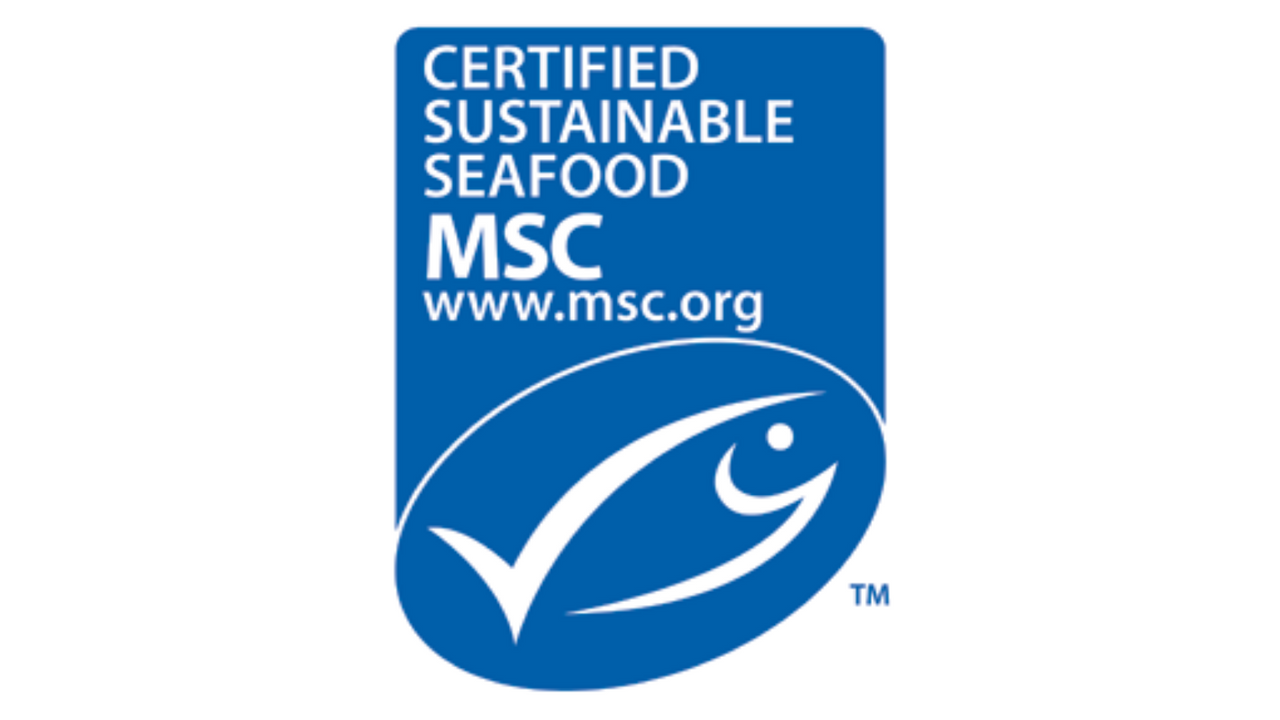
It is no secret that the food we consume helps to determine our environmental impact. On some level, we know this is the case. However, it can be easy to overlook and misunderstand the exact environmental impacts of our food. This is because we are so removed from the production, processing, and transportation processes that bring our food from farm or sea to our dinner tables.
The truth is, that many of us are quite unaware of the impacts our food has on the environment throughout multiple stages in what can be a complex food supply chain. This lack of knowledge may lead us to make incorrect judgments about the sustainability of our food choices.
For example, many people choose to eat fish and other seafood as an environmentally friendly alternative to meat such as chicken, beef, and pork.
Is seafood sustainable?
It is true that seafood has a smaller carbon footprint than other meat. This is because wild-caught fish feed in the wild, and don’t require land or fresh water, and are part of a healthy ecosystem. In comparison, animal feed must be grown to feed land-based animals, and terrestrial agriculture and livestock production uses over 50% of the world’s arable land and accounts for over 90% of freshwater use.
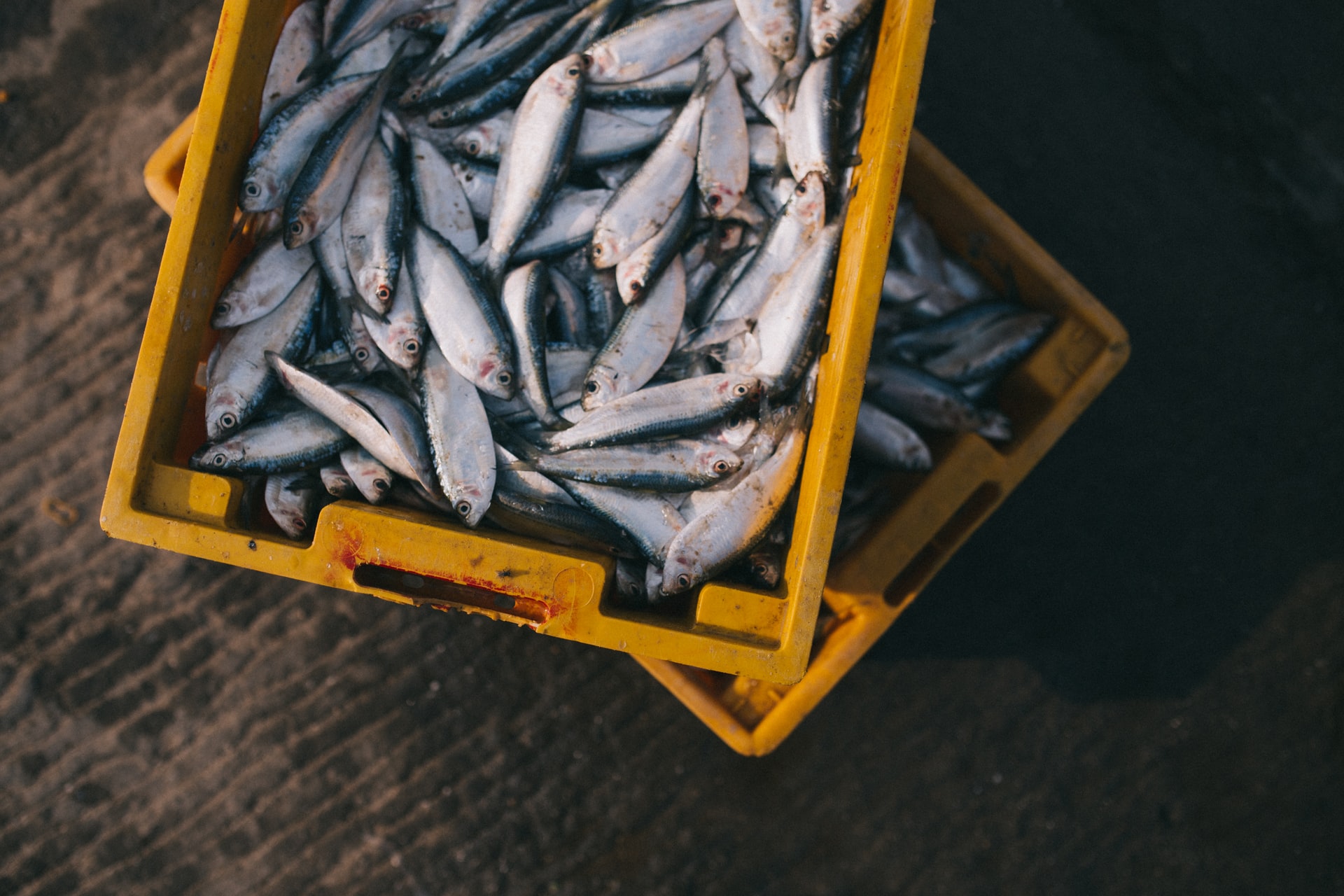
However, it is important to understand that seafood isn’t automatically sustainable just because its carbon footprint is lower than land-based animals. What’s more is that not all seafood is equal in terms of its environmental impact either.
This is why we need to know more about how our seafood is harvested. If you’re making the choice to lower your environmental impact, you probably want to make sure that your choices are as beneficial as possible.
Luckily, we have seafood certification initiatives such as Marine Stewardship Council (MSC), Ocean Wise, and Best Aquaculture Practices (BAP) that help eco-conscious consumers determine which seafood products have been caught or raised in a sustainable manner.
Why do we need seafood certification initiatives?
We need seafood certification initiatives because when fishing is not done correctly, it can be quite unsustainable and environmentally damaging.
One of the main issues associated with seafood is overfishing. According to Ocean Wise, global consumption of seafood has doubled since the 1970s. As our fisheries-related technology has improved, more and more marine animals are being extracted from the oceans in order to be consumed, or, unfortunately, as bycatch.
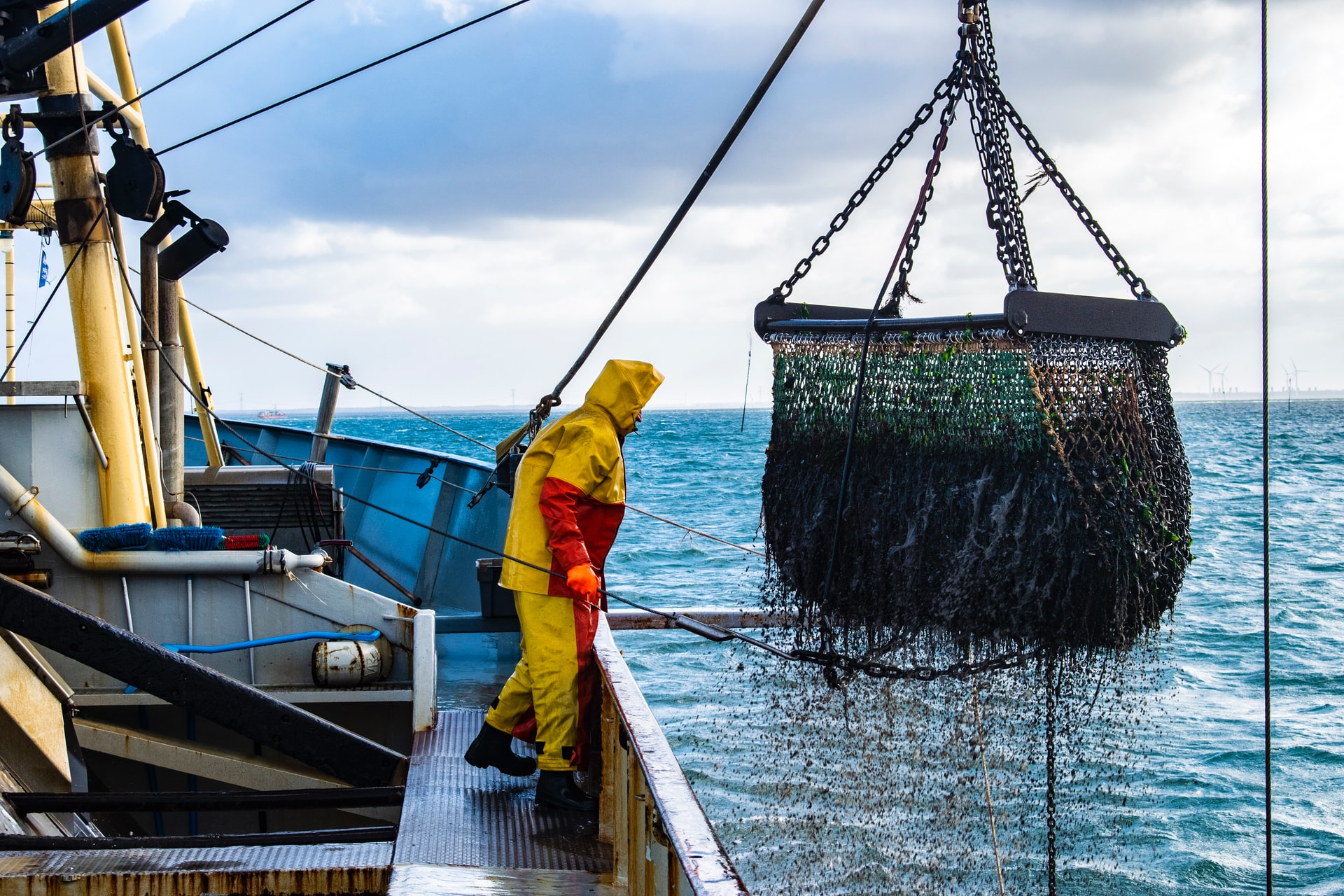
The problem with this, is that marine animals are unable to reproduce at a rate that is high enough to keep up with our fishing. In addition, other pressures such as habitat loss or degradation, collision with ships, bycatch and loss of food species has all added up to widespread loss of species and declining numbers of healthy fish stocks globally. As a result, fish populations decrease, and in some cases, collapse entirely. This severely disrupts the ocean’s ecosystems and has further fallout for other species.
Habitat destruction is another negative impact associated with commercial fisheries. Commercial fishing practices such as bottom trawling have the ability to significantly disrupt underwater habitats and ecosystems, as heavy nets are dragged across the ocean floor.
The loss of these habitats threatens the survival of many marine species that rely on those spaces for spawning, breeding, and sheltering.
The third major human-caused issue in our oceans is bycatch. Commercial fishing practices are not very selective – a net will catch whatever it comes across, regardless of whether it is the intended species or not. Unfortunately, a large percentage of what is caught in commercial fisheries is bycatch (unintended catch). Those fish, turtles, sharks and other species end up dying in the nets, and then are simply thrown back into the ocean. However, there are now some initiatives to get fisheries to donate their bycatch to hunger relief programs.
That’s where certification systems come in
Certification of the seafood that has third party verification that the practices are sustainable for the fishery over the long term is an easy and readily available solution. All you need to do is know what to look for! The largest and most well established and comprehensive certification system is by the Marine Stewardship Council (MSC). You may have already seen their iconic blue logo with a white fish outline that also depicts a check mark.

Image sourced from msc.org
How MSC contributes to ocean health
Marine Stewardship Council (MSC) is an international non-profit organization worth familiarizing yourself with if you want to be able to easily identify and consume sustainably sourced seafood.
MSC’s mission is to use their “ecolabel and fishery certification program to contribute to the health of the world’s oceans by recognizing and rewarding sustainable fishing practices, influencing the choices people make when buying seafood, and working with partners to transform the seafood market to a sustainable basis.”
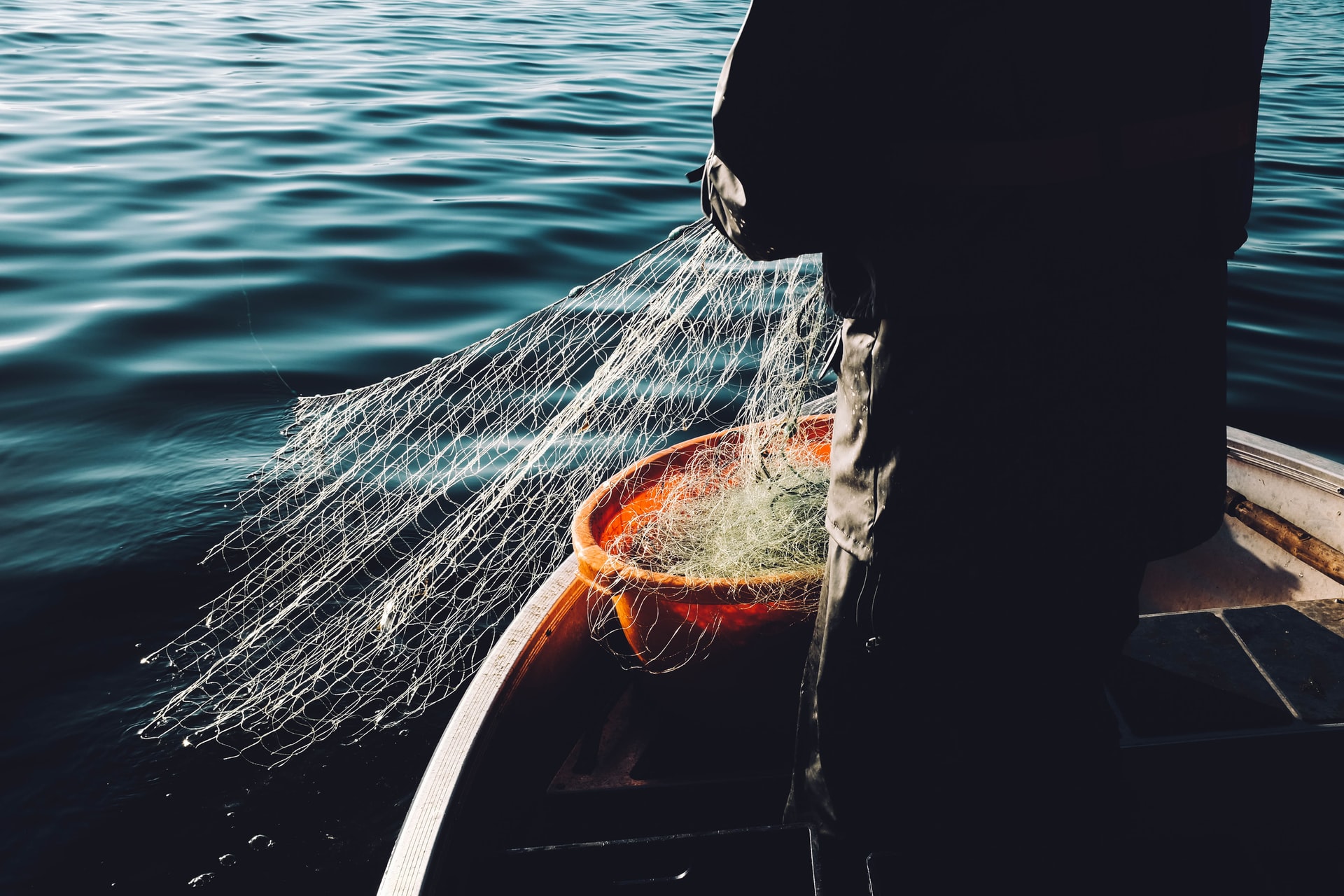
The MSC Fisheries Standard is what is used in order to certify a fishery as being well-managed and sustainable. In order to be MSC certified, fisheries are independently assessed by scientists and marine experts to ensure they meet the MSC standard.
This standard uses the most up-to-date understanding of internationally accepted fisheries science and management in order to assess three core principles:
- Sustainable fish stocks. Fishing rates must ensure that fishing can continue indefinitely, and the fish populations are able to remain healthy and productive.
- Effective fisheries management. Fishing operations must comply with relevant laws and be able to adapt to changing environmental conditions.
- Minimizing environmental impact. Fishing practices must ensure that other species and habitats within the ecosystem remain healthy.
If a fishery applies for a MSC Certification and passes, its certified catch can be sold with the blue MSC label, identifying to consumers that their seafood is sustainable. And you’ll be able to rest easy knowing the seafood you purchase is correctly labelled, as processors, retailers, and restaurants must ensure MSC certified seafood is not mixed with uncertified products.
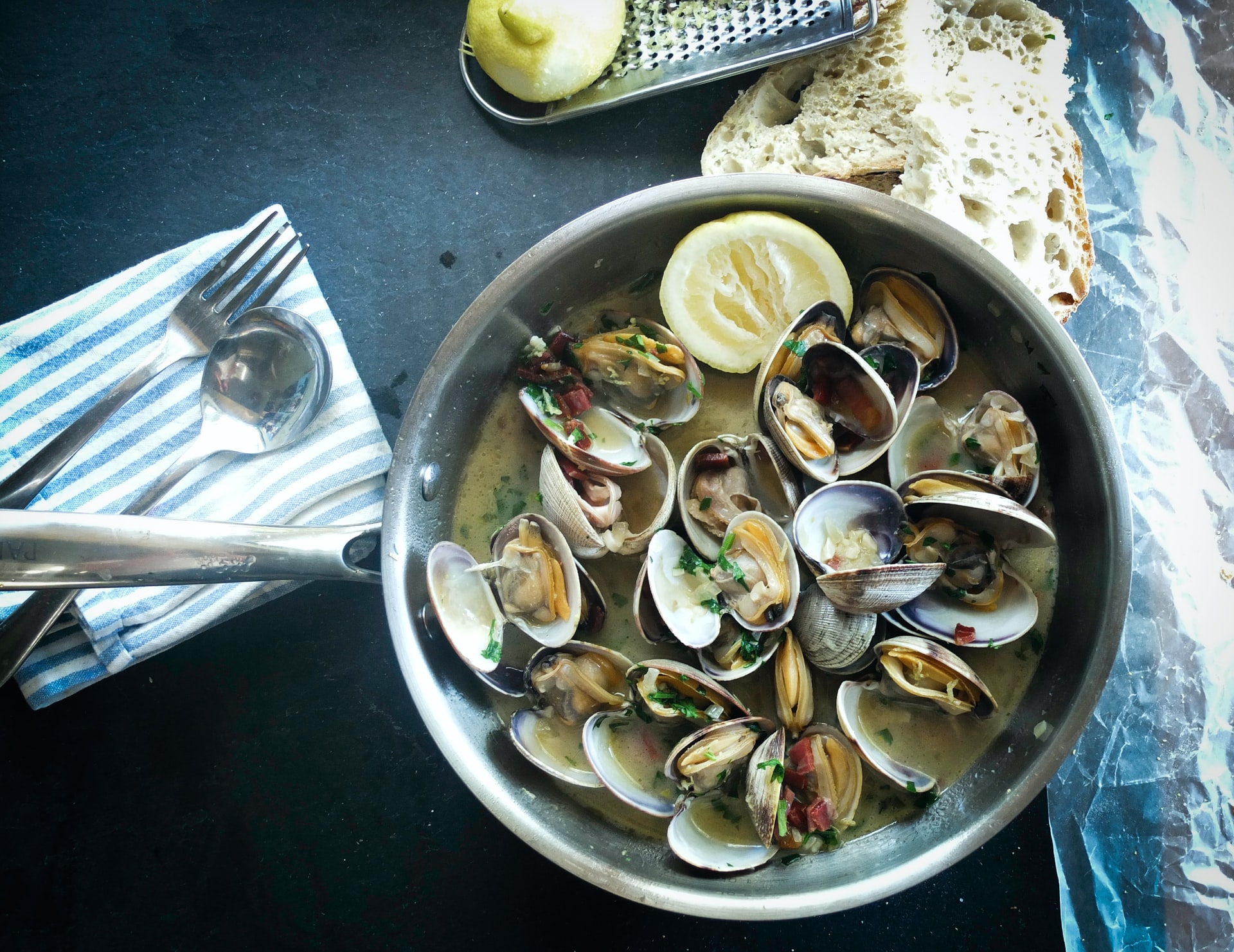
Keep an eye out for this blue label wherever you are – it’s found on tens of thousands of products in over 100 countries!
Ocean Wise
Ocean Wise is another globally focused not-for-profit conservation organization that aims to protect and restore the world’s oceans, and ensure that ocean life will be abundant for generations to come.
Ocean Wise Seafood is an ocean conservation program that allows consumers and businesses to choose seafood that is sustainable. How exactly do consumers know if a seafood item is approved by Ocean Wise? The Ocean Wise Seafood program logo can be found next to an item on a menu or on the label of a seafood product at the grocery store.
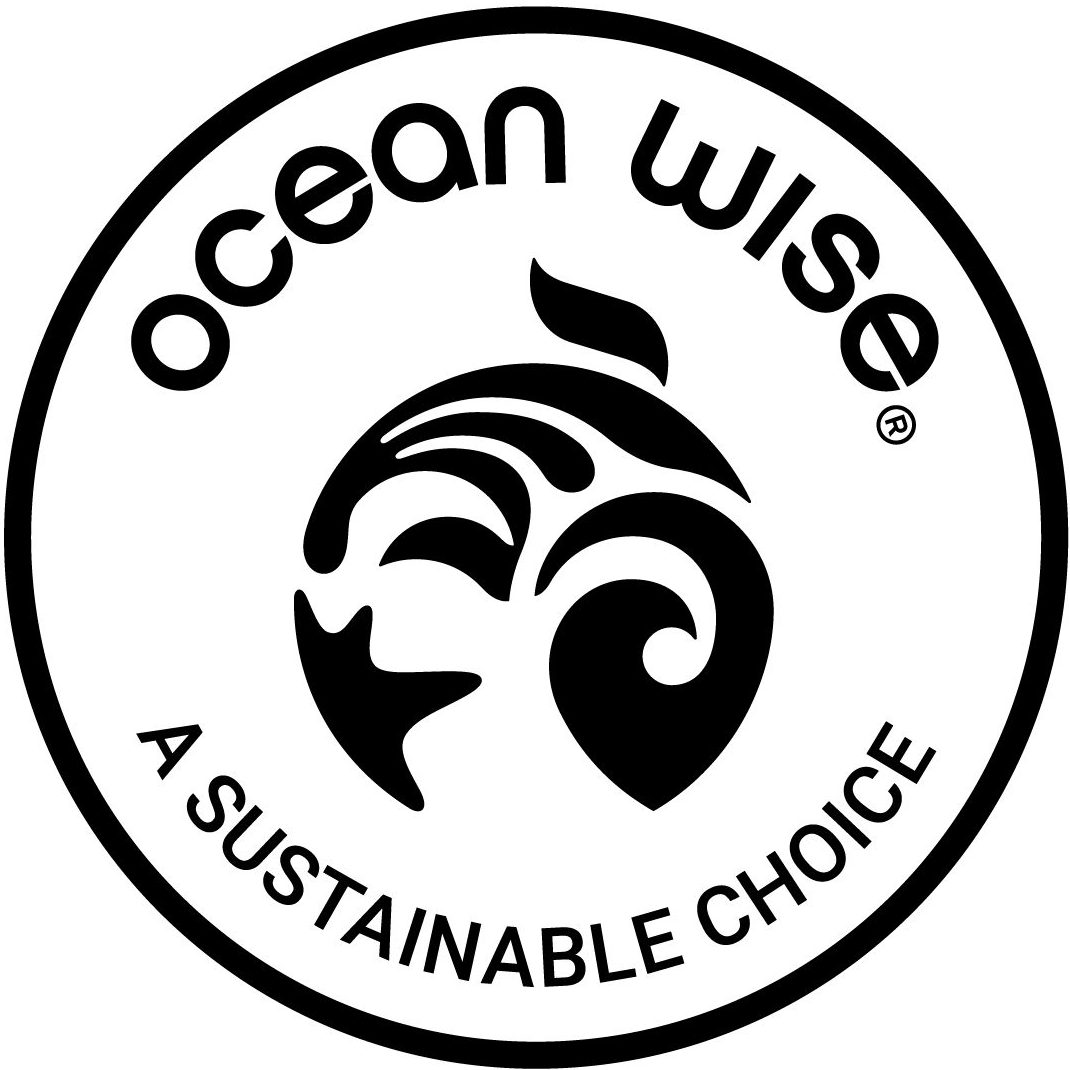
Image sourced from Ocean Wise
This logo assures you that you are choosing products which are deemed sustainable by Ocean Wise, meaning that the seafood has been “caught or farmed in a way that ensures healthy stocks, is harvested under adaptive and effective management, and has limited negative impacts on habitats and other species.”
Ocean Wise Standards
The environmental performance of a fishery or aquaculture operation is determined through a rating system which involves sourcing data, synthesizing the data through sustainability assessments (peer-reviewed publications that use numerical scoring and decision rules to assess environmental performance against a written standard).
Ocean Wise uses three unique Seafood Watch Standards to assess seafood sustainability: Wild capture fisheries, salmonid fisheries, and aquaculture. Each standard has a set of criteria that determines the rating of a fishery or aquaculture.
Wild capture and salmonid fisheries are assessed in terms of their stock health, bycatch & bait, management effectiveness, and habitat & ecosystem. Seafood sourced from wild-capture fisheries must have an overall score greater than 2.8/5 with no critical issues.
Aquaculture operations are scored out of 10 based on the following key criteria:
- Data availability
- Effluent
- Habitat
- Habitat & ecosystem
- Chemical use
- Escapes
- Disease
- Source of stock
- Wildlife mortalities
- Secondary species escapes
What about aquaculture?
Not all seafood is caught in the wild. In case you need a refresher, aquaculture (sometimes referred to as aquafarming or fish farming) is the controlled cultivation, breeding, rearing, and harvesting of fish, shellfish, and other aquatic organisms, especially for human consumption.
Because our oceans are being threatened by overfishing, aquaculture is an important alternate source for seafood that is used to feed the world’s growing population.
Aquaculture issues are something to be concerned about
However, aquaculture can have some very serious environmental impacts. For example, the intentional or unintentional release of farmed fish into the open ocean from pen enclosures in the ocean can and has introduced new and exotic species of fish. For example, farmed Atlantic salmon have been inadvertently released in the Pacific ocean, threatening the highly valued Pacific salmon stocks.
Farmed fish can also spread disease into the wild, produce large amounts of waste, and degrade key ocean habitats. Chemicals used in aquaculture such as antibiotics and pesticides can have negative effects on the surrounding waterways and species.
In addition, the quality of the food fed to farmed fish has implications for the accumulation of toxins in the food chain, and our food supply. While the amount of wild caught fish needed to sustain some fish as they grow in aquaculture environments can also be very high.
Aquaculture can be a solution if done right
Because our oceans are being threatened by overfishing, aquaculture is an important alternate source for seafood that is used to feed high quality protein to the world’s growing human population. Currently, roughly half of all fish consumed is from an aquaculture source, so getting this form of fish production right from an ecological sustainability and social impact perspective is key.

Aquaculture certification systems
There are three widely used credible certification systems for aquaculture:
- Aquaculture Stewardship Council (ASC),
- Best Aquaculture Practices (BAP) and
- Global Good Agricultural Practices (GLOBALG.A.P.).
A report by Saechoice.org titled, Accountability in Seafood Sustainability: Improving the legitimacy of aquaculture certifications through better transparency and stakeholder inclusivity, identified room for improvement in each of these three certification programs. The systems were found to lack transparency and stakeholder involvement. Nonetheless, having any one of these certifications on your aquaculture raised seafood is a far better option than uncertified seafood from the grocery store in my opinion!
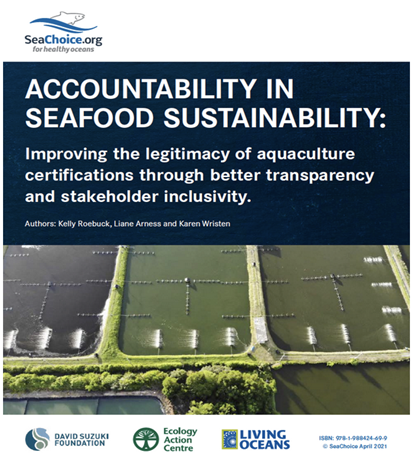
Image sourced from Seachoice.org
Aquaculture Stewardship Council certification
The Aquaculture Stewardship Council (ASC), co-founded by the World Wildlife Fund, is another ecologo certification system that states, “Together we can help transform aquaculture towards environmental sustainability and social responsibility.”
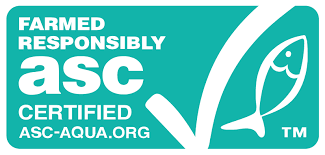
Image sourced from Aquaculture Stewardship Council
This standard focuses on the environmental and social impact of aquaculture farming, with certified farms minimizing negative environmental impacts, while ensuring the health and safety of the seafood. They also seek to be socially responsible by caring for their employees and the communities in which they operate.
ASC standards currently cover an extensive array of farmed species including: abalone; bivalves (clams, mussels, oyster, scallop); flatfish; freshwater trout; pangasius; salmon; seabass, seabream, meagre; seriola and cobia; shrimp; tilapia; tropical marine finfish, and there is a joint ASC-MSC standard for seaweed harvesting and production.
Best Aquaculture Practices certification
Best Aquaculture Practices (BAP) is a part of the Global Aquaculture Alliance that aims to ensure that aquaculture is done responsibly through its third-party certification program.
The BAP certification program addresses four key areas of sustainability: environmental, social, food safety, and animal health and welfare. These areas are assessed at each step of the aquaculture production chain, including processing plants, farms, hatcheries, and feed mills.
Just like MSC and Ocean Wise, Best Aquaculture Processes uses an easily recognizable logo on aquaculture products which have been certified. BAP uses a star system that signifies the level of certification each product has achieved.

Image sourced from Best Aquaculture Practices
For example, the highest level a product can achieve is 4 stars. Each star represents part of the farmed seafood production chain: the hatchery, farm, feed mill, and processing plant. A 4-star product means it was certified all the way through the process.
Next time you’re looking to buy seafood, whether it be in a restaurant or at the grocery store, please look for certified options for wild caught or for aquaculture farmed options. It is important for us as consumers to ask for sustainability standards when it comes to seafood.
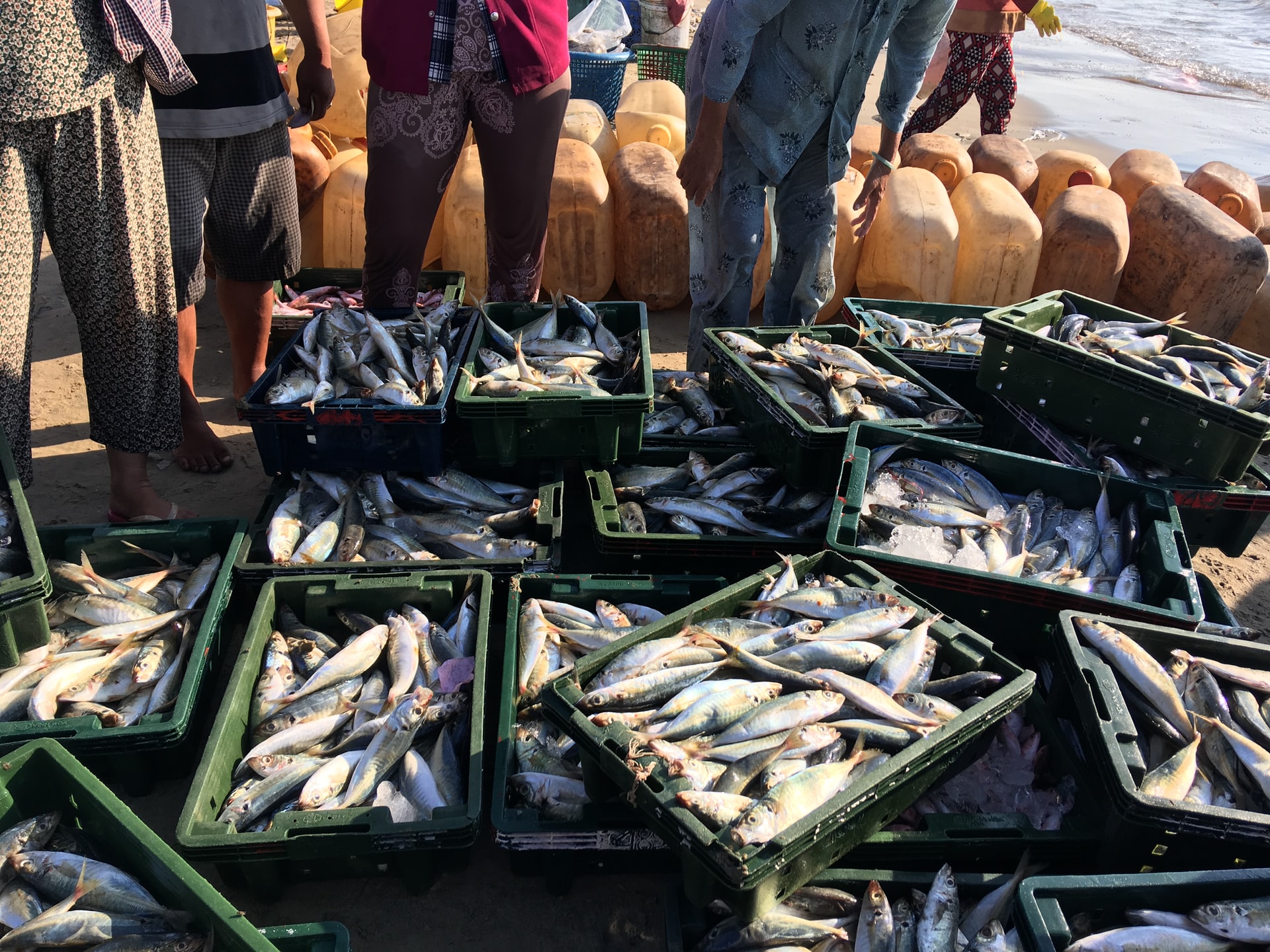
The oceans are facing dire pressures and sustainability standards in seafood can be a way to help ensure healthy ecosystems as we source our food. Better options are within reach!
Stay connected with news and updates!
Join my mailing list to receive the latest news and updates. Your information will not be shared.

